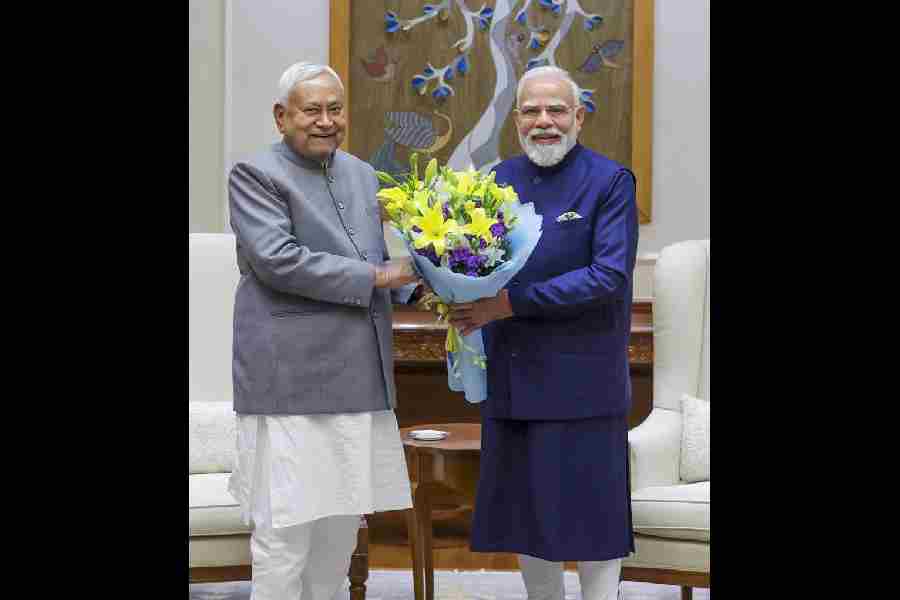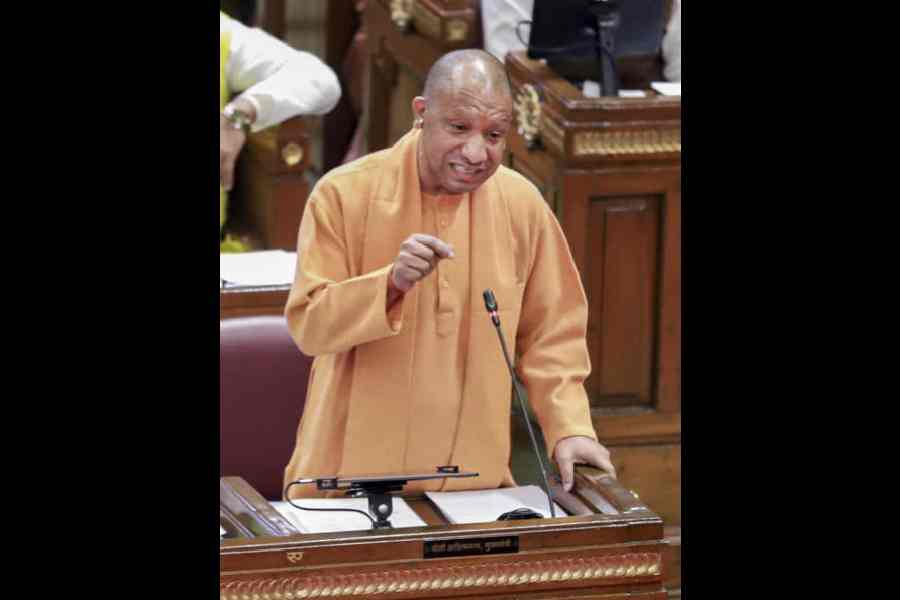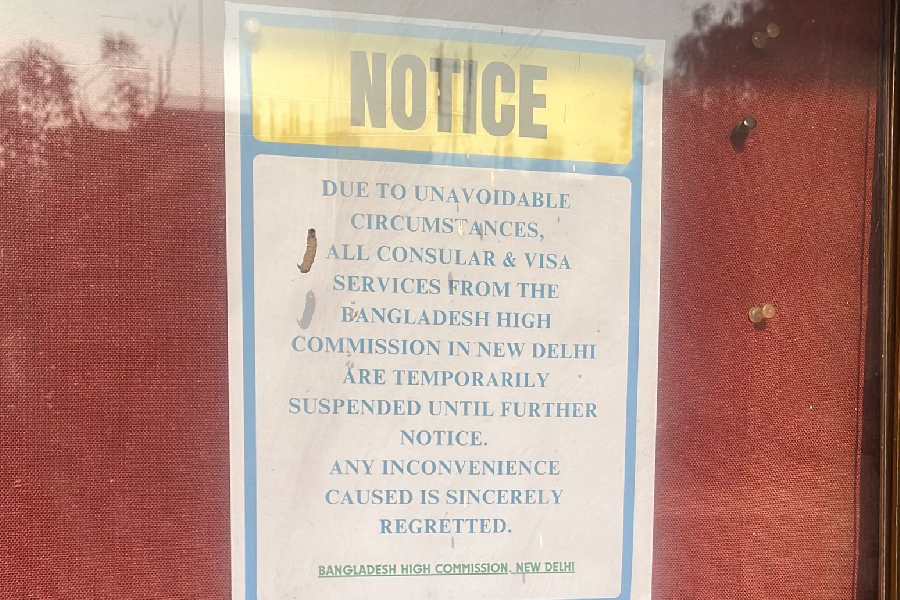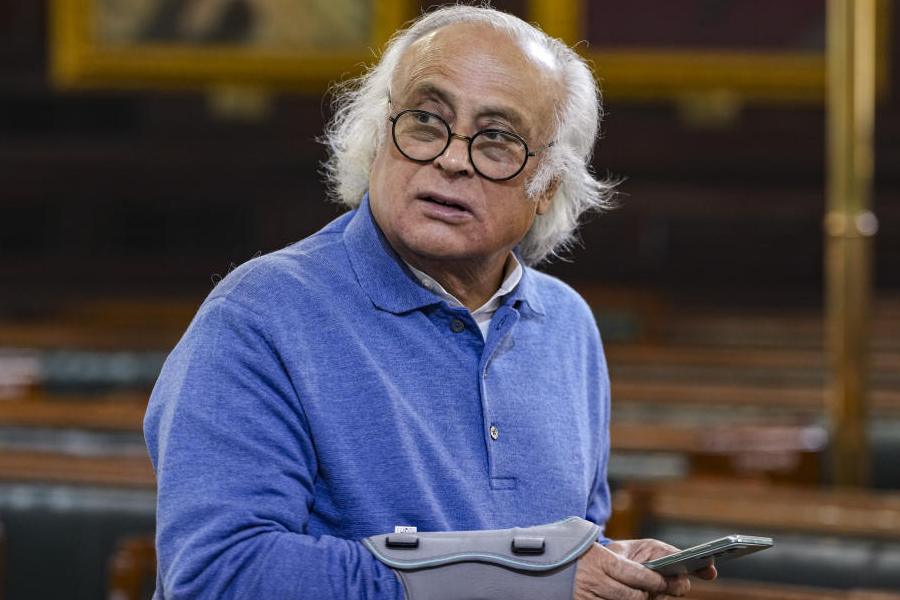 |
As a 12-year-old, Shravan Shroff decided he wanted to be in the movie business. For the upmarket Bombay Scottish school where he studied, it would have been an unthinkable profession. But not for his family. The Shroffs have been in the glamour business for over 50 years.
Shroff remembers that watching movies was a prime activity during his younger days. “There were times, when I used to stand for hours outside the ticket window, only to learn, when I was just two steps away, that the tickets were all sold out,” says Shroff.
By the time he graduated from Sydenham College of Commerce, Mumbai, he was already working alongside his father in the movie distribution business. In 1994, when Vidhu Vinod Chopra’s 1942 - A Love Story was released, Shroff worked hard on the distribution and marketing front. But the film bombed at the box-office. Shroff had second thoughts about continuing in the family business.
He went to Australia in 1995 for his MBA from Melbourne Business School. “Even when I was away, I ensured I was updated on the happenings in the Indian film industry,” he says. This was when films like Rangeela and Dilwale Dulhania Le Jayenge were box-office hits in India as well as worldwide. And Shroff realised that “the disposable income of Indians was on the rise while the state of the entertainment facilities, especially theatres, was still deplorable”.
During his MBA course, Shroff had worked on a case study on brewery company Carleton United. His analysis was based on Michael Porter’s Five Forces and the value chain analysis. “While I was completing the case study, I realised that the fundamentals of Porter’s theory could be applied to our company too. The most logical thing for our distribution company would be to foray into the exhibition business,” he says.
Back home, Shroff decided to get a taste of the movie exhibition business. He leased two single-screen theatres in Mumbai ? Cinestar and Cinemax. He managed the theatres till 2000 and turned them into profit-making centres.
Simultaneously, Shroff was fortifying his plans to branch out on his own. In 1999, he decided to invest in a property on Andheri Link Road. “I wanted the property so badly that I inked a Rs 20 crore deal without having a clue as to how I was going to fund the investment,” says Shroff. After borrowing seed capital from the family, Shroff raised a substantial amount through private equity placement in the US. This was one of the first instances of organised funding in the Indian film business. For the remaining part though, he turned to Manmohan Shetty of Adlabs. The joint venture ensured that the project was completed on time and Mumbai had its first multiplex ? Fame Adlabs ? in 2002. And this was just the beginning.
Today, not only are there several multiplexes across the country, but the entertainment options for the customer have also increased. How does he manage to stay ahead of competition? “At Fame, we believe that movie exhibition is also a service. So we strive to offer the best.” The company has introduced innovations like booking tickets online as well as through SMS, and elaborate brand promotions.
Shroff’s Shringar group today has a listed company ? Shringar Cinemas. Shroff felt the initiative would not only open avenues for corporatised funding for the company but also instill a sense of responsibility in him and his team to offer consistent results.
Among the several challenges he faces is recruitment. “It is tough recruiting for the entertainment business because of the shady image that it has,” he says. Equally tough is retaining people. But Shroff is handing out employee stock options and that acts as bait.
Despite hobnobbing with the movie crowd, Shroff maintains a low profile. His wife complains that he dresses so plainly he does not look an MD. But as Shroff points out: “My lifestyle is simple living and high thinking and I prefer it that way.” The movies he is involved in make up for the lack of glamour.
As told to Aparna Harish in Calcutta










